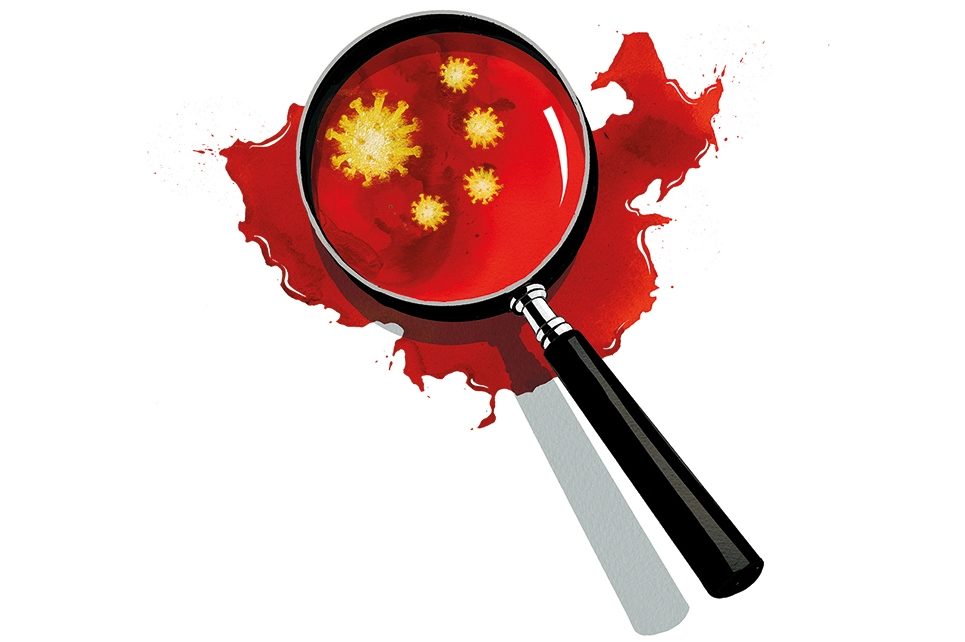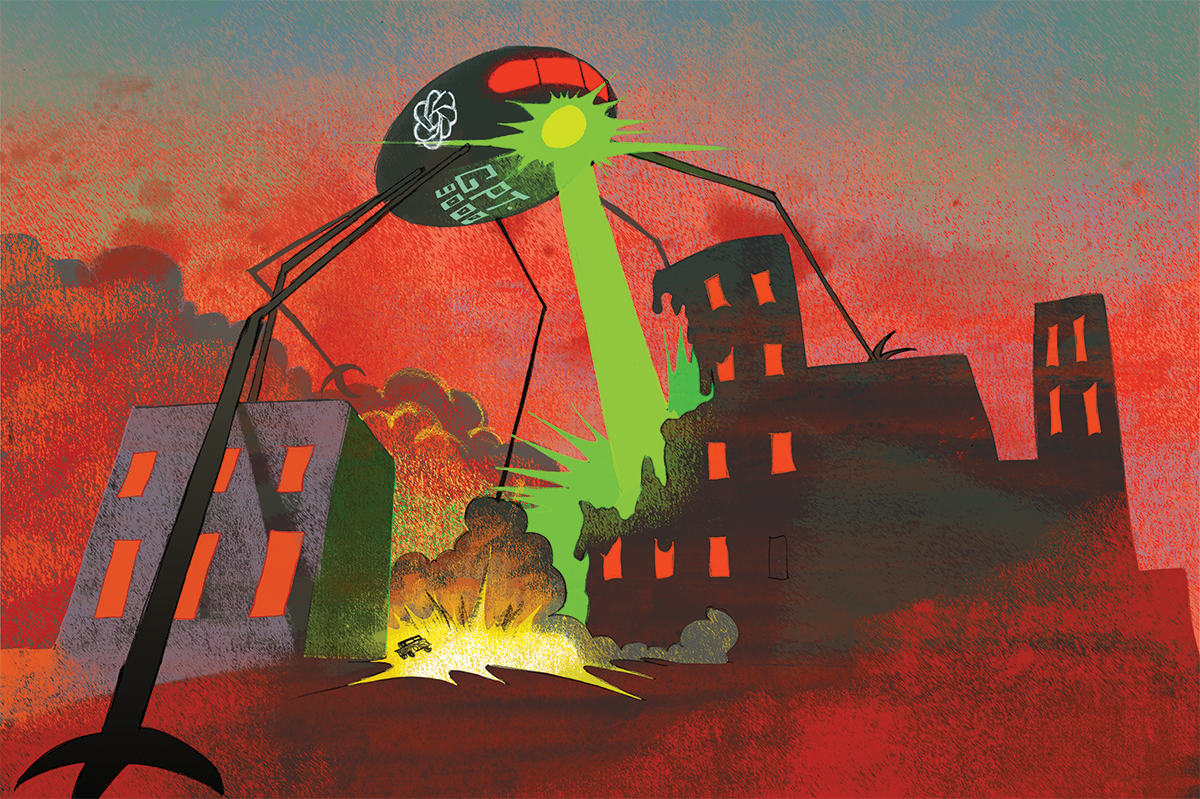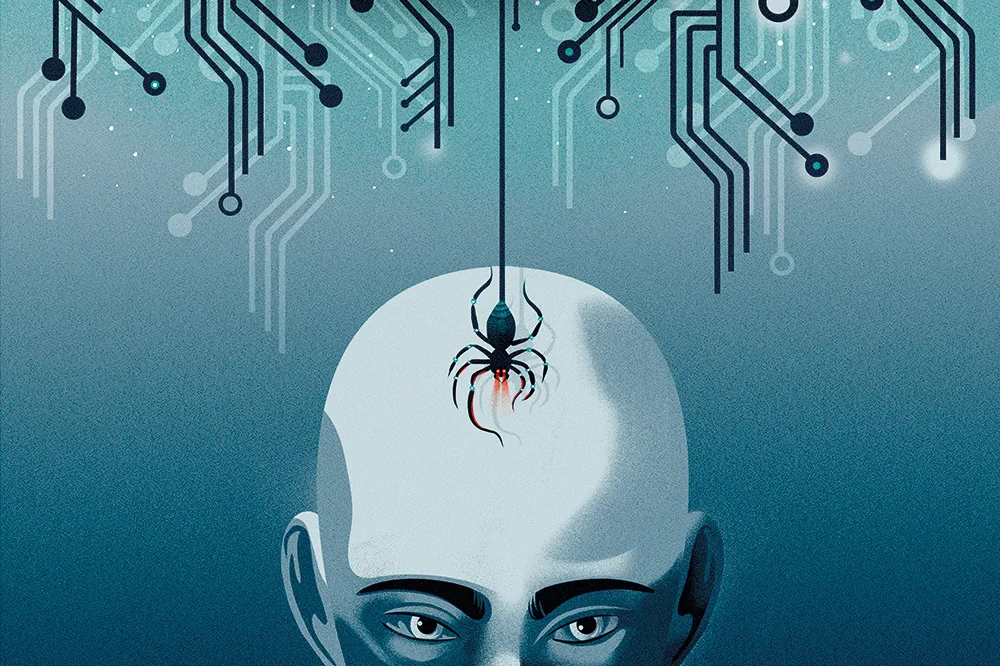That a pandemic caused by a bat coronavirus started in the city with the world’s largest program of research into bat coronaviruses was always intriguing. That among the first people to get ill with allegedly Covid-like symptoms in the month the pandemic began were three scientists working in that lab was highly suspicious. Now that we know their names, we find one of them was collecting what turned out to be the closest cousins of SARS-CoV-2 at the time, and another was doing the very experiments that could have created the virus. These revelations make it almost a slam dunk for the coronavirus lab-leak hypothesis.
On June 10 the author and free-speech campaigner Michael Shellenberger broke the news at his Substack site that the three sick scientists were Ben Hu, Yu Ping and Yan Zhu, as confirmed to him by multiple US intelligence sources frustrated by the Biden administration’s refusal to release this key fact. This week I was with him when the Wall Street Journal announced it had independently confirmed his story with its intelligence sources.
Who is Dr. Hu? The Wuhan Institute of Virology has hundreds of scientists but there is one team, the Center for Emerging Infectious Diseases, with a focus on bat coronaviruses, headed by Shi Zhengli. Her right-hand man and star pupil is Ben Hu, who runs the lab experiments. Hu was lead author on the institute’s most remarkable achievement, published in 2017, that it had grown three bat viruses in the lab and then created eight new hybrid viruses with the spike genes from wild bat viruses spliced into the genetic backbone of one of these lab-grown viruses.
Yu Ping is a student who worked as one of the lab’s virus-hunters, collecting the bat viruses in caves all over southern China. His (or her — the name could be male or female in China) master’s thesis written in June 2019 was unearthed by the brilliant young Indian internet sleuth Jeet Ray, known for a long time only as “The Seeker.” It detailed 170 Sars-like viruses collected mostly from Yunnan province. Among them was a group of nine viruses that at the time the pandemic began were the nine closest relatives of the virus causing Covid but whose existence had been a closely guarded secret until November 2020. When Yu Ping’s thesis appeared as a paper, these viruses were omitted.
;768:[300×250,336×280,320×100];0:[300×250,320×100,320×50]”]The third sick scientist, Yan Zhu, was the “senior experimentalist” in the lab. She appears as a co-author on many of the lab’s virus papers including a May 2021 paper at last revealing the genomes of the nine viruses in Yu Ping’s thesis. So these guys are not some random members of the institute; they are at the epicenter. As far as we know, all three are still alive.
Horseshoe bats in southern Yunnan, where this intensive virus-hunting happened, are almost certainly the wild reservoir of the pandemic’s closest cousins. A mineshaft in Mojiang County, a cave in Mengla County and a cave in Laos have all yielded bat viruses with 96 percent or more genetic similarity to SARS-CoV-2. But none is a perfect match.
Southern Yunnan is a long way from Wuhan: about as far as London to Rome. That’s an implausibly long journey for an infected raccoon dog or bamboo rat to make to market, especially without causing an outbreak along the way. The one animal we know was making the journey regularly, and visiting bat caves, was Homo scientificus.
There is another name that may prove interesting. In an interview in 2017 Ben Hu thanked a scientist called Libiao Zhang for help collecting viruses in Yunnan. In 2019 Zhang announced the discovery of a species of horseshoe bat (Rhinolophus malayanus) new to the area, and it was in this species that the Mengla virus turned up with close resemblance to SARS-CoV-2.
Dr. Zhang works not in Wuhan but in Guangdong at the very institute that announced in 2020 it had found traces of a similar virus in a smuggled pangolin, confiscated before the pandemic began in 2019. This led to brief excitement in early 2020 that pangolins might be the intermediate species that transmitted Covid to people. The lack of pangolins in the Wuhan market and the genetic distance of the “pangolin” virus from SARS-CoV-2 soon scotched that theory.
;768:[300×250,336×280,320×100];0:[300×250,320×100,320×50]”]But it remains an enigma: how did a pangolin in Guangdong pick up a bat virus from distant Yunnan? Yuri Deigin, a Russian-Canadian biotech expert, thinks the answer is staring us in the face. The same lab that sequenced the samples from pangolins in 2019 was also, we know, sequencing samples from Dr. Zhang’s malayanus bats around the same time. Maybe the pangolin never had a coronavirus (it had much higher doses of sendai virus), but the sequencing machine was contaminated by malayanus bat samples. Such contamination occurs frequently in such machines and is difficult to prevent.
Dr. Hu’s name appears on another key document: the notorious DEFUSE proposal. This was the 2018 grant application to the US Department of Defense, from Dr. Peter Daszak of the US-based EcoHealth Alliance, which proposed putting furin cleavage sites (small genetic features that open up the spike protein in such a way that it makes the virus much more infectious) into newly discovered bat SARS-like coronaviruses to enable them to infect human cells and humanized mice. SARS-CoV-2 is the only SARS-like virus ever found with a furin cleavage site in it, a fact that led several Western virologists to suspect a lab leak right at the start. Dr. Shi had already created furin cleavage sites in other kinds of coronaviruses.
The purpose of this highly risky experiment, by the way, was to test how dangerous newly discovered viruses were in human beings: the virological equivalent of looking for a gas leak with a lighted match.
One of the nine viruses in Yu Ping’s thesis was being actively worked on in 2018, we know, because that date appears on some of its sequences in the database. But the genome of that virus, known as RaTG13, is a puzzle and the Indian scientist Monali Rahalkar does not believe it’s a real sequence at all, but a composite of several virus genomes designed to conceal the fact that SARS-CoV-2 itself was in the lab in 2019. I have always resisted such speculation, but it’s getting harder to trust anybody in this strange story.
This article was originally published in The Spectator’s UK magazine. Subscribe to the World edition here.
;768:[300×250,336×280,320×100];0:[300×250,320×100,320×50]”]
























